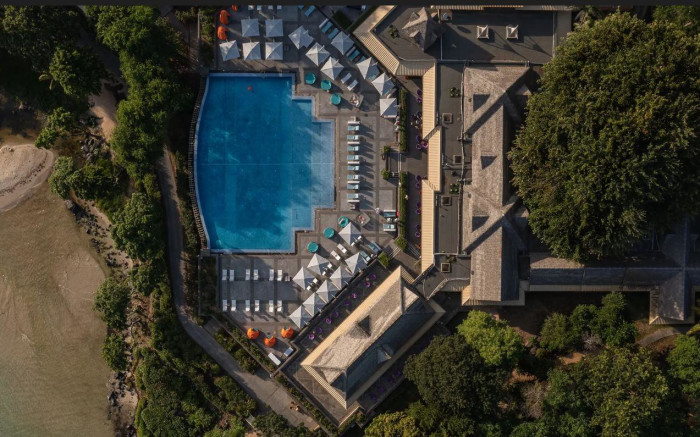PICS: Take a sip of Mauritius at your own risk – it is addictive in the best way
Mauritius is the getaway I did not know I always needed, and recently had the opportunity to visit La Plantation d’Albion, where my adventure began on the sandy dunes of Mauritius’ west coast, writes Simangele Legodi.
An aerial view of Club Med’s La Plantation d’Albion in Mauritius. Picture: Supplied
JOHANNESBURG – With the festive season around the corner, and South Africans able to enter 106 countries either without visas, or obtain them with ease, reasons not to visit Mauritius are few and far between.
Of course, rising costs of living, and juggling potholes and interest rate hikes make living in South Africa akin to an extreme sport, this may be just the excuse you need to invest in a proper getaway.
Enter Mauritius, an island paradise in the Indian Ocean, rich in natural beauty, cultural diversity, and unique experiences of Mauritius, thanks to a range of attractions.
I recently had the opportunity to visit Club Med’s La Plantation d’Albion, situated on the sandy dunes of Mauritius’ west coast, where 21 hectares of beautiful gardens meet the rich coral sea.
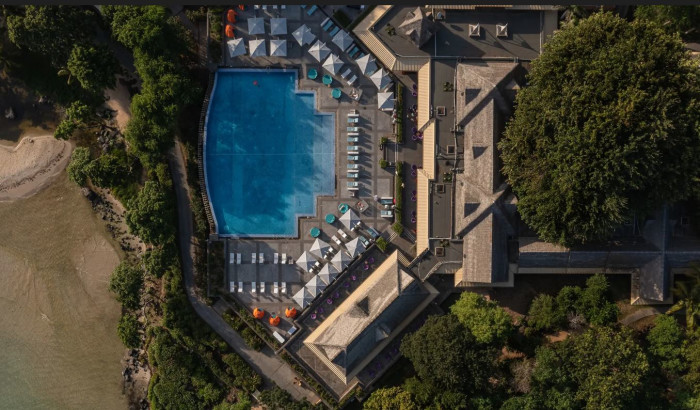
With amenities and childcare available for children ages 2 to 17, as well as an all-inclusive kids’ clubs for those aged 4 to 17, the 5 Trident all-inclusive family resort is the ideal haven for families.

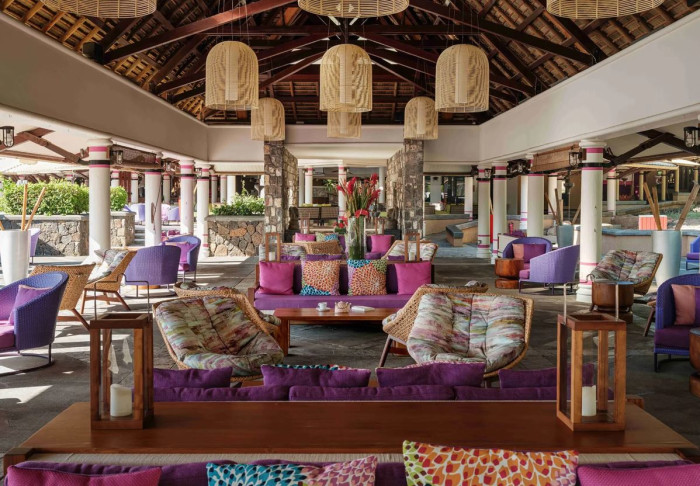
As a result of the experience, we were able to take advantage of a variety of all-inclusive water and land sports, restaurants, bars, and nighttime entertainment for the whole family.
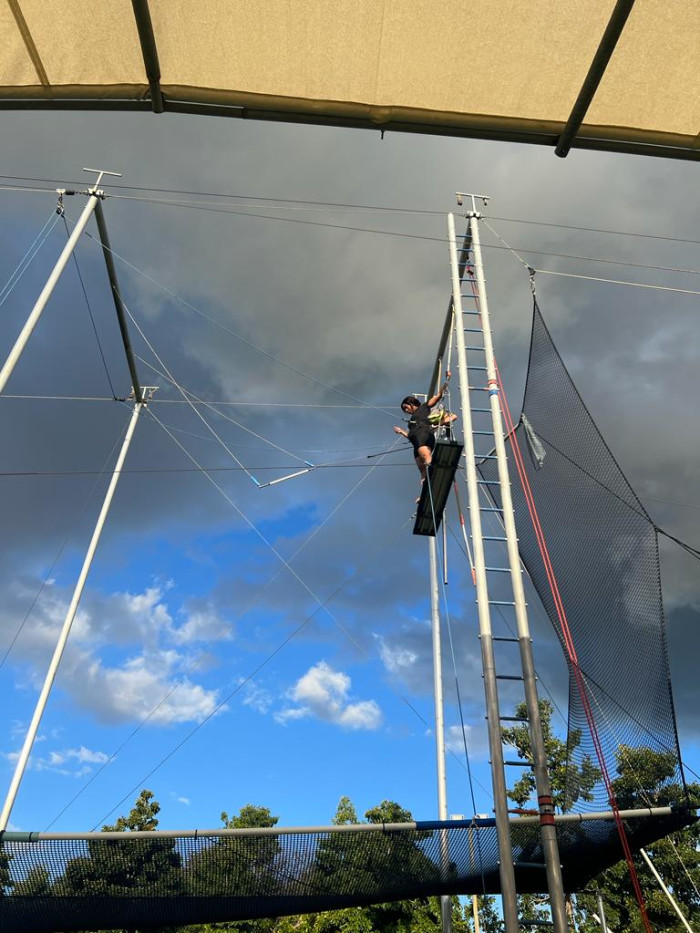
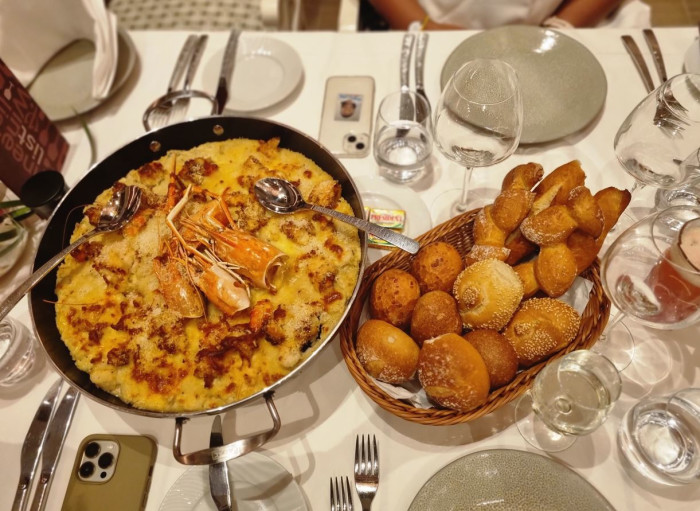
There is an overwhelming must-see list in Mauritius, but there were a few locations worth mentioning:
THE ALDABRA GIANT TORTOISE
Never in my life have I seen a tortoise so large. They were shy and hiding at first, so we had to look for them – despite their size, they can be surprisingly difficult to spot!
But once we found them, we were treated to a host of enormous, humble creatures.
The Seychelles archipelago’s uninhabited atoll of Aldabra is home to the tortoises at Chamarel 7 Colored Earth. On the advice of renowned naturalist Charles Darwin, Aldabra tortoises were brought to Mauritius in the 1880s. The endemic Mauritian tortoises are their cousins.
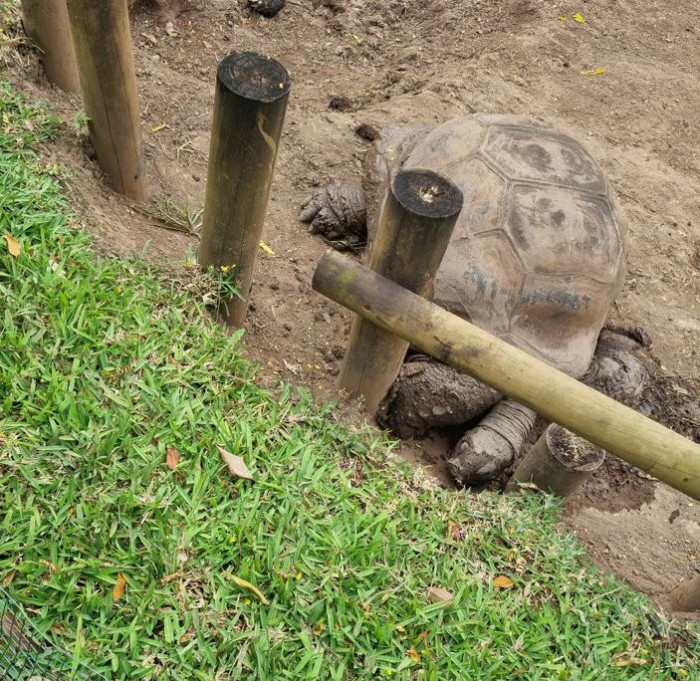
THE CHAMAREL WATERFALL
If you are a nature person, the Chamarel Waterfall is definitely something you would appreciate.
Boasting a 100-meter drop, the Chamarel Waterfall is the highest in Mauritius.
The St. Denis and Viande Salee rivers feed it. After that, its water flows into one of the catchment regions of the Baie du Cap River.
Although the waterfall is majestic on any given day, if you plan to visit between December and April, you will be treated to higher water levels, thanks to heavy rains.
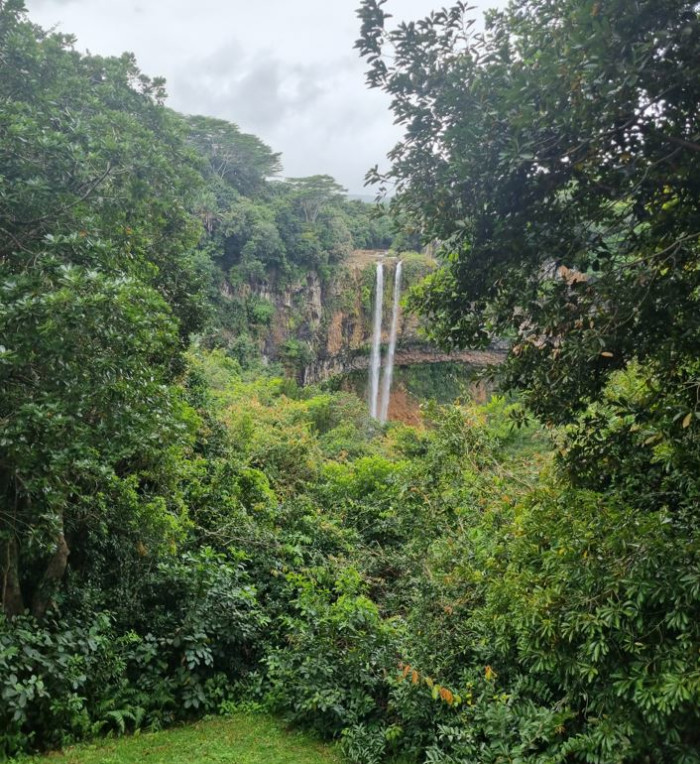
RUM TASTING AT THE RHUMERIE DE CHAMAREL
This is where childminding services come in handy!
As we ascended the hill on a narrow road, we were rewarded with breathtaking vistas of enormous sugarcane crops interspersed with tropical fruits, and the promise of tasty alcoholic beverages and a refuge from the sweltering heat.
Situated in the lush valley of Mauritius’s southwest region, the well-known Rhumerie de Chamarel is a distillery worth visiting.
Not only is it near one of the most popular tourist destinations in Mauritius, the Chamarel Seven Coloured Earths, but the Rhumerie de Chamarel has its own micro-climate, making it the perfect sustainability hub.
The sugarcane used to make the delicious rum offered by the distillery is grown on the estate’s land.
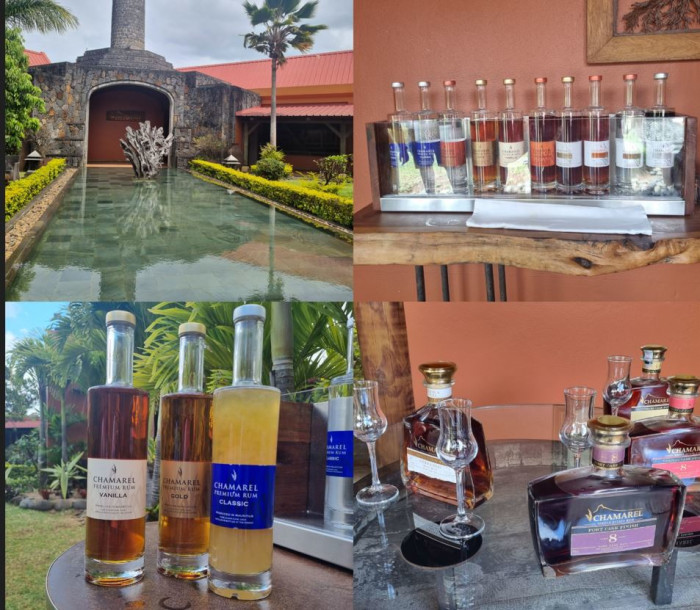
GRAND BASSIN
Mauritius’ Grand Bassin is definitely worthy of a spot on anyone’s must-see list of attractions.
Situated on a hallowed crater lake also known as Ganga (Ganges) Talao (pool), this mysterious landmark was discovered by a Hindu priest called Pandit Jhummon Giri Gossagne Nepal.
Nepal was said to have dreamed of the lake and later discovered it. Its sacred nature makes it a staple for those embarking on Hindu pilgrimages.
Owed to its religious sanctity, tourists are welcome but are advised to be on their best behaviour.

THE LAND OF 7 COLOURS
Located in a Geopark, the Chamarel 7 Coloured Earth is a hilly wonderland created by millions of years of weathering, volcanic eruptions, humidity, tropical storms, and mountain ranges.
Seven colours of sand are visible as far as the eye can see, and according to Geopark fundis, if you made your way to the top of the colourful hills, they would rearrange themselves hours later – a natural marvel that speaks to the special way in which different landscapes in Mauritius are married together.
And although wildly popular, the evolving nature of the Chamarel 7 Coloured Earth makes each tourist’s experience unique in a sense.

QUICK TIPS FROM A MAURITIUS NEWBIE
-
Wear light clothing – Mauritius’ island weather has a mind of its own, but you can bank on it being humid and sticky if the sun is out.
-
Prepare your taste buds for an adventure! Mauritius of course caters to all dietary requirements, but if you are one of the lucky ones whose meal doesn’t require terms and conditions, lose yourself in the fresh seafood and local cuisine.
-
Don’t plan too rigid an itinerary – go with the flow, you are on an island after all. If it is a rainy day, make the most of it.
-
Leave it better than you found it – as with any place, it is always important to remind yourself that you are a guest. Immerse yourself, but do so responsibly.
For all the latest lifestyle News Click Here

